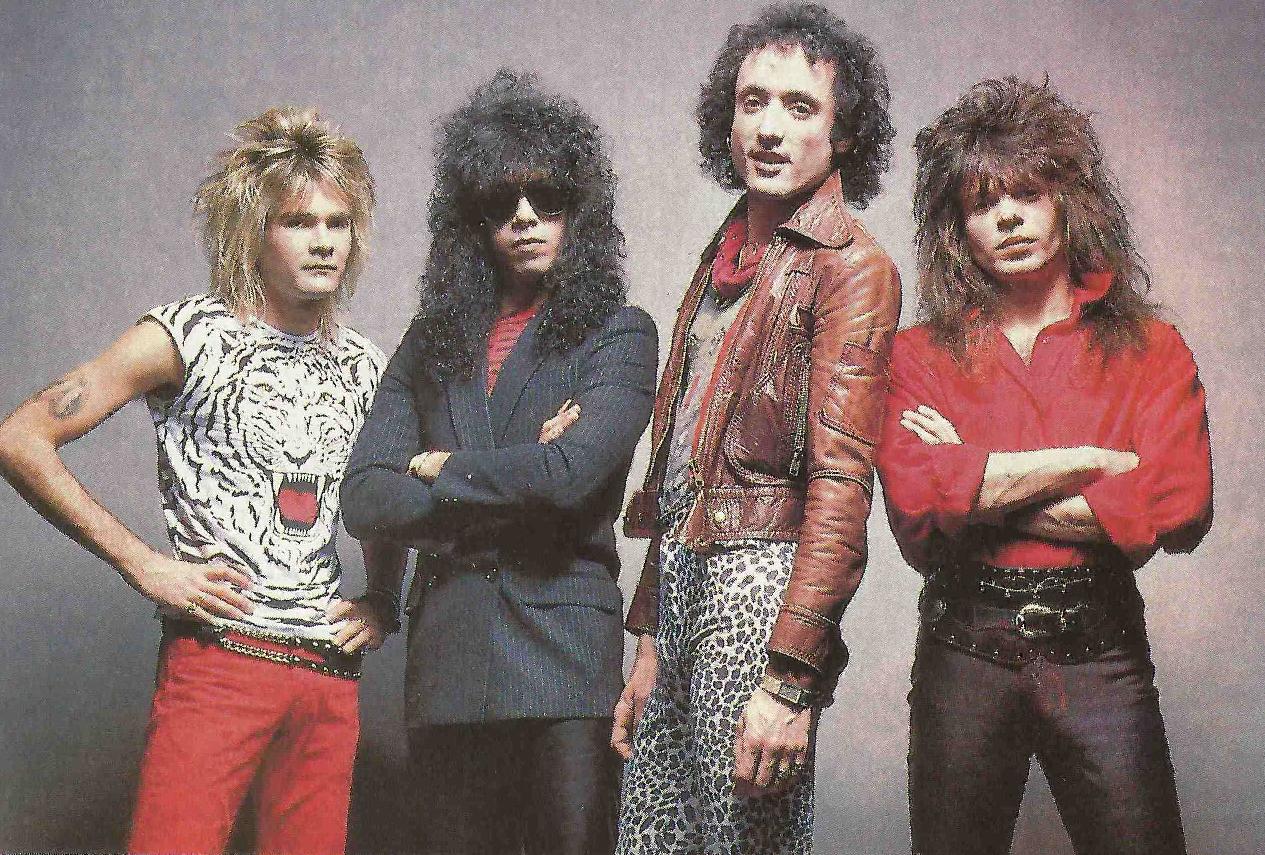Quiet Riot is more than just a band; it represents a significant chapter in the evolution of heavy metal music. Emerging from the vibrant music scene of the 1970s, Quiet Riot carved out a unique niche that bridged glam rock and heavy metal, captivating audiences worldwide with their powerful sound and energetic performances. In this article, we will explore the history, impact, and enduring legacy of Quiet Riot, providing insights that will resonate with both longtime fans and newcomers alike.
The band was formed in 1975 in Los Angeles by guitarist Randy Rhoads and bassist Kelly Garni, initially gaining attention for their high-energy shows and catchy melodies. However, it was not until the release of their 1983 album "Metal Health" that they skyrocketed to fame, making them the first heavy metal band to top the Billboard charts. This article delves deep into the band's biography, their significant milestones, and the factors that contributed to their success.
As we navigate through Quiet Riot's journey, we will discuss key albums, notable band members, and the cultural impact they had on the heavy metal genre. We will also highlight the trials and tribulations faced by the band and how they managed to stay relevant in a constantly evolving music industry. Join us as we celebrate the legacy of Quiet Riot and their contributions to rock music.
Table of Contents
- Biography of Quiet Riot
- Personal Data and Band Members
- Musical Style and Influences
- Key Albums and Milestones
- Cultural Impact and Influence
- Trials and Triumphs of Quiet Riot
- Legacy and Continued Relevance
- Conclusion
Biography of Quiet Riot
Quiet Riot was formed in 1975, primarily by Randy Rhoads and Kelly Garni. After several lineup changes, the band solidified its core members, which included lead vocalist Kevin DuBrow, drummer Frankie Banali, and bassist Rudy Sarzo. Their unique fusion of glam rock and heavy metal quickly garnered a following, setting the stage for their future success.
Personal Data and Band Members
| Name | Role | Years Active |
|---|---|---|
| Kevin DuBrow | Lead Vocalist | 1975–1987, 1990–2007 |
| Randy Rhoads | Guitarist | 1975–1979 |
| Frankie Banali | Drummer | 1982–2020 |
| Rudy Sarzo | Bassist | 1980–1985, 1997–2003, 2010–present |
Musical Style and Influences
Quiet Riot's musical style is characterized by its blend of heavy metal and glam rock. The band drew inspiration from various genres, combining catchy hooks with powerful guitar riffs. Their music often features anthemic choruses and high-energy performances, making them a favorite in live shows.
Some of the key influences on Quiet Riot's sound include:
- Led Zeppelin
- Black Sabbath
- David Bowie
- Van Halen
Key Albums and Milestones
Quiet Riot's discography is filled with influential albums that have shaped the heavy metal landscape. Their breakthrough album, "Metal Health," released in 1983, became a defining moment for the band. It featured hit singles like "Cum On Feel the Noize" and "Metal Health," which propelled them to international fame.
1. Metal Health (1983)
"Metal Health" was the first heavy metal album to reach No. 1 on the Billboard 200 chart. The album's success was fueled by its energetic tracks and memorable hooks, solidifying Quiet Riot's place in rock history.
2. Condition Critical (1984)
The follow-up album, "Condition Critical," debuted at No. 15 on the Billboard charts and included popular tracks like "Mama Weer All Crazee Now." Although it didn't achieve the same level of success as its predecessor, it still showcased the band's ability to create compelling music.
Cultural Impact and Influence
Quiet Riot played a significant role in popularizing heavy metal in the 1980s. Their style and sound influenced countless bands that emerged during this era, helping establish heavy metal as a dominant force in the music industry. The band's success opened doors for other metal acts, contributing to the growth of the genre.
Key cultural impacts include:
- Inspiring a new generation of heavy metal bands
- Popularizing the glam metal aesthetic
- Contributing to the rise of music videos on MTV
Trials and Triumphs of Quiet Riot
Like many bands, Quiet Riot faced its share of challenges, including lineup changes and personal struggles. Kevin DuBrow's departure from the band in 1987 marked a turning point, leading to a period of uncertainty. However, the band managed to regroup and continue making music, showcasing their resilience and determination.
Some of the significant trials faced include:
- Lineup changes and member departures
- Kevin DuBrow's struggles with addiction
- The impact of the changing music landscape in the 1990s
Legacy and Continued Relevance
Quiet Riot's legacy endures through their music and influence on the heavy metal genre. The band's pioneering spirit and dedication to their craft have inspired countless artists and bands. They continue to tour and perform, introducing their music to new generations of fans.
The key aspects of their legacy include:
- First heavy metal band to top the Billboard charts
- Influence on glam metal and hard rock genres
- Ongoing tours and performances
Conclusion
In conclusion, Quiet Riot's journey through the world of heavy metal is a testament to their talent, perseverance, and cultural impact. From their early beginnings to their rise to fame, they have left an indelible mark on the music industry. We invite you to share your thoughts about Quiet Riot in the comments below, and explore more articles about your favorite bands on our site.
Thank you for reading! We hope you found this exploration of Quiet Riot's history and legacy informative and engaging. Don't forget to revisit our site for more exciting content!




